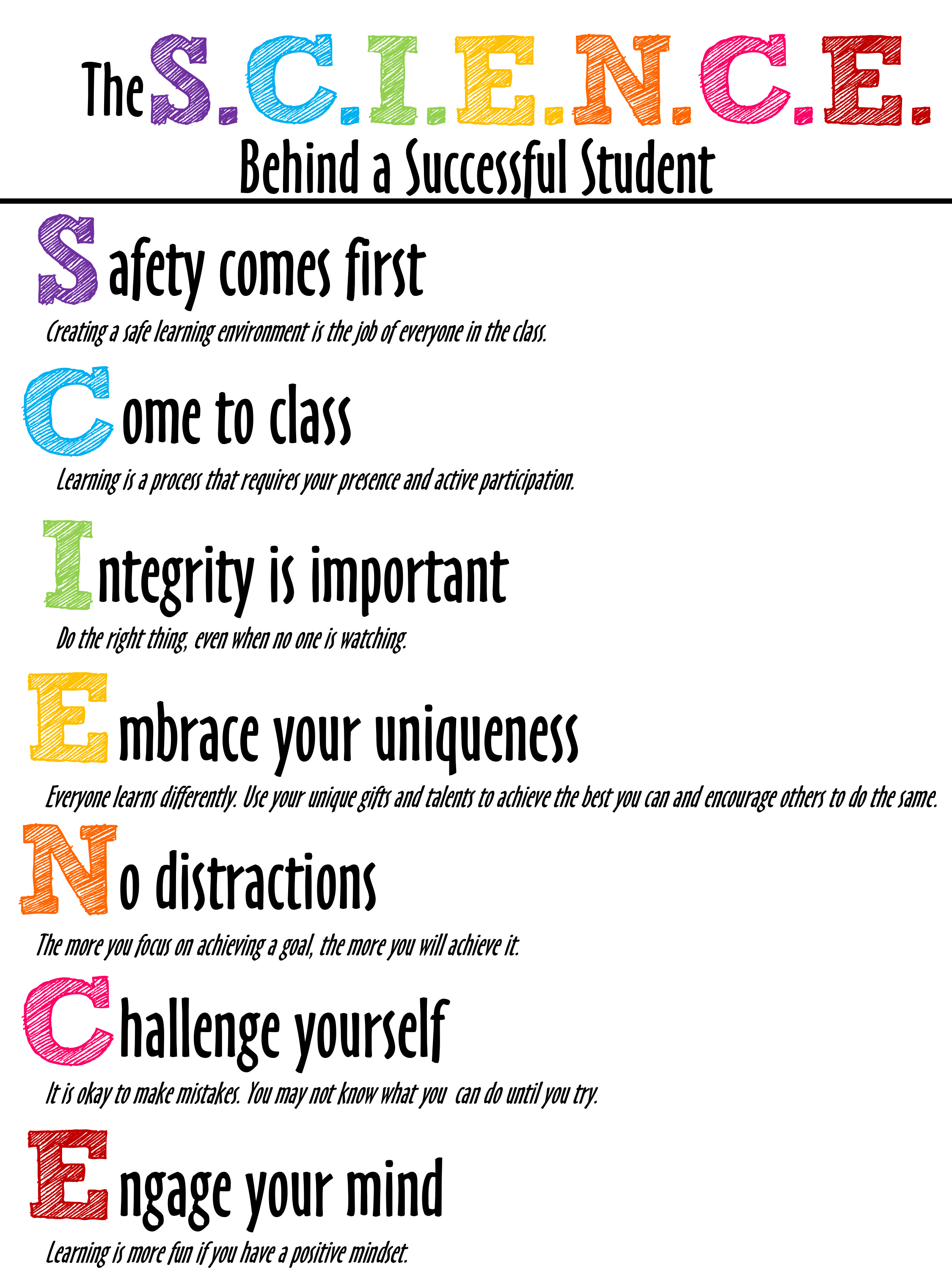
- Drink orange juice. Seriously. I started drinking orange juice daily three years ago and have only been out sick one day since then.
- Sheet protectors are your best friend. I put reference material for activities I want to reuse in other classes in page protectors to deter students from writing on them. Or give students a dry erase marker and then they CAN write on them! Sometimes I buy the super cheap flimsy ones so that I don't feel so bad cutting them to encase half sheets of paper.
- For me, color coding by class isn't worth it. We have so many schedule changes throughout the year due to midyear enrollment in support classes or serious student conflicts that require students to be separated that by the end of the year, a student may have been in three different class periods of mine.
- Sometimes you're going to do things you completely disagree with. Like starting class with a timed fluency prompt every single day for three months. I did this and I hated every second of it. I had a class that felt so far out of my control that I didn't know what else to do. All I knew was that they needed a more rigid procedure for the start of class than what had been in place. So we did pages and pages of fact family fluency worksheets. We set goals, met them, and set new ones. We met those too, and so set more goals. I tried telling myself that this was okay because the kids were happy about meeting their goals and setting new ones. It was okay because one girl told me that until that day, she thought that any number minus zero was equal to zero. It was okay because the kids understood the routine and by the end of the year, that class was running itself. I hated every second of it, but it took 7 minutes at the start of class each day to take and correct the prompts, and then my students were focused and ready to spend the remaining 49 minutes of class working on real math tasks.
- Learn how to empty the toner box in your school copier. Often, all it needs is a shake and then it's good to go for a few more jobs. And don't forget to tell someone. Believe me, they'd rather be bombarded with reminders that the toner box needs replacing than complaints because the supply order was put in too late.
- Speaking of copiers, learn what yours can do. If you can print directly to your school copier, figure out which tray the copier automatically selects paper from for print jobs. For example, if you know that the copier sends print jobs through Tray 3, then put your precious colored paper in Tray 1 or 2 when making copies so that you aren't interrupted by a print job that uses up your colored paper.
- Still on the subject of copiers, when you need to use whiteout, make a photo copy of the page after using the whiteout but before writing over the spot. It's so much easier to write smoothly on the photocopy, plus the walk down to the copier gives the whiteout time to dry.
- Number lines! Put a number line (or two) in your classroom. I used to think my eighth graders were too old for this, but after referencing the invisible number line above the whiteboard behind me too many times to count, I finally put a real one up. One of the best decisions I've made. Kids use it ALL. THE. TIME.
- Do you have tile floors? If so, it's likely that your tiles are 1'x1' squares. Use this as a reference. I do all the time to help students make sense of a measurement or estimate. I also use the tiles as a grid to practice human transformations ("Translate two tiles forward and rotate 90° clockwise") or inverse operations ("Move two tiles forward. Now what's the inverse? How do you get back to where you started?").
- Know which scraps of paper are worth saving. No one wants a cupboard full of construction paper reminiscent of Swiss cheese. But those laminated pieces you trimmed lengthwise off of a poster you printed on cardstock? They make great straight edges. Or bookmarks for an INB.
- Dare your students to be kind. I keep a bowl of dares on my desk. Each slip of paper contains something like, "I dare you to compliment one person in each of your classes today" or "I dare you to sit with someone new at lunch today." Kids love the challenge, and I love the kindness they spread.
I hope you found these useful. I can't wait to hear about some of your teacher hacks!





















